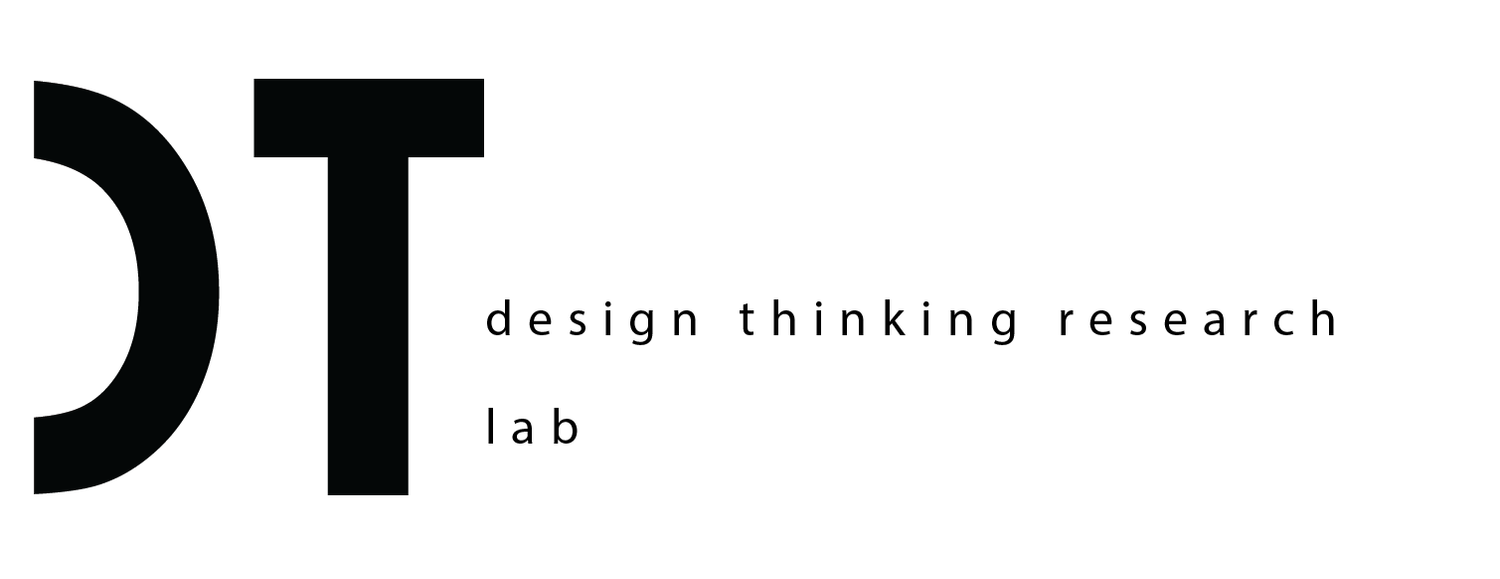the design icon | Juicy Salif by Philippe Stark for Alessi
Well I have to start somewhere. I have two of these, both gifts from students (they know by now). The one pictured sits atop a 'display' shelf in my office. The other, used, surprisingly, in my kitchen.
Interestingly, the one residing in my home kitchen does see use. And that brings me onto why the Salif is an example of good design. It works. That is, it fulfills its expected function as a lemon squeezer. In fact, it surpasses it in that now a don't have to pour the juice from the squeezer to the cup. Instead the cup slots under the squeezer.





